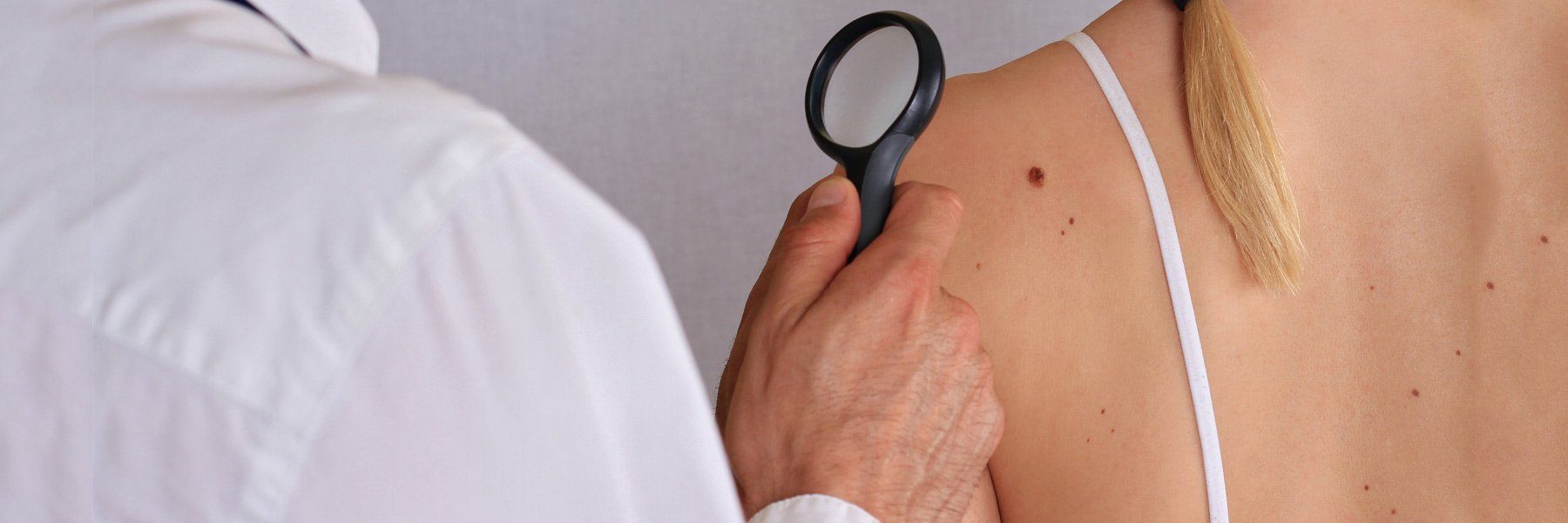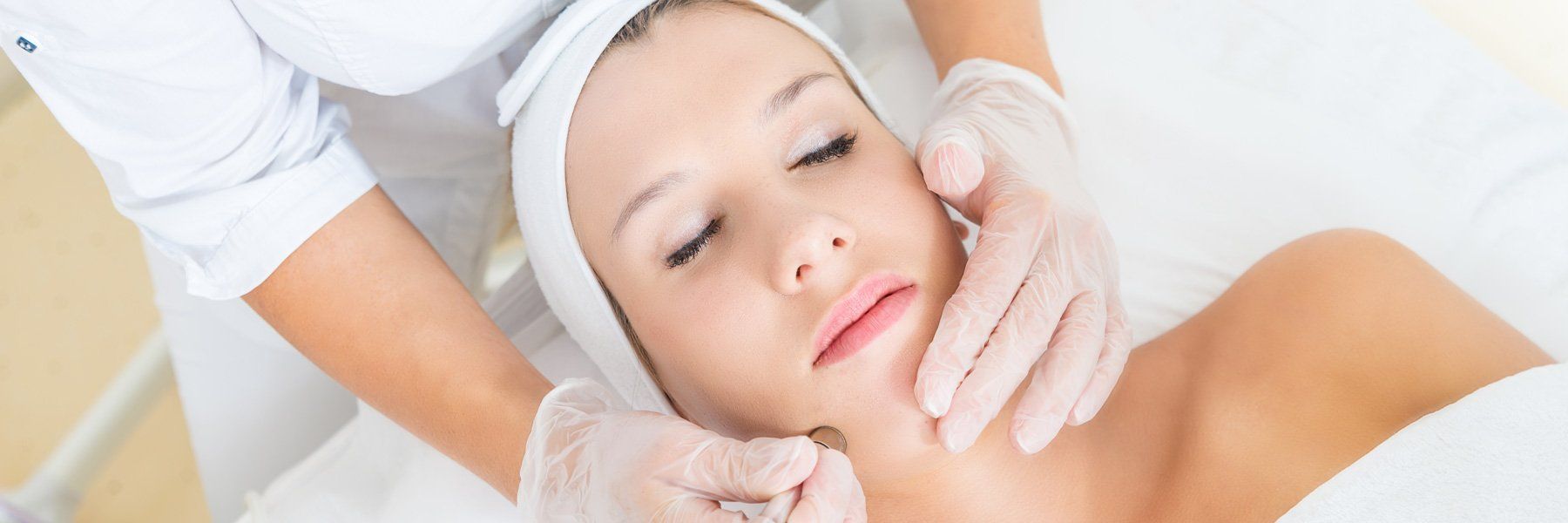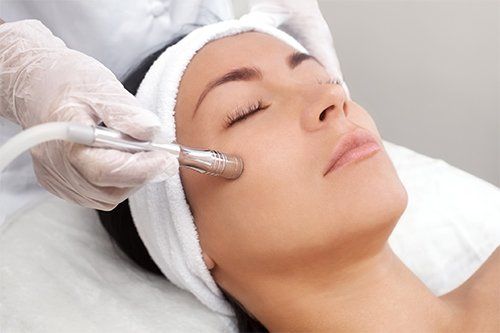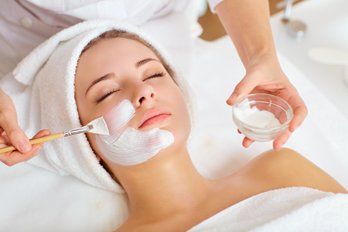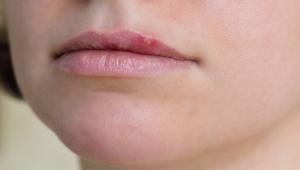How to Treat Sun-Damaged Skin
- By Admin
- •
- 30 Jun, 2019
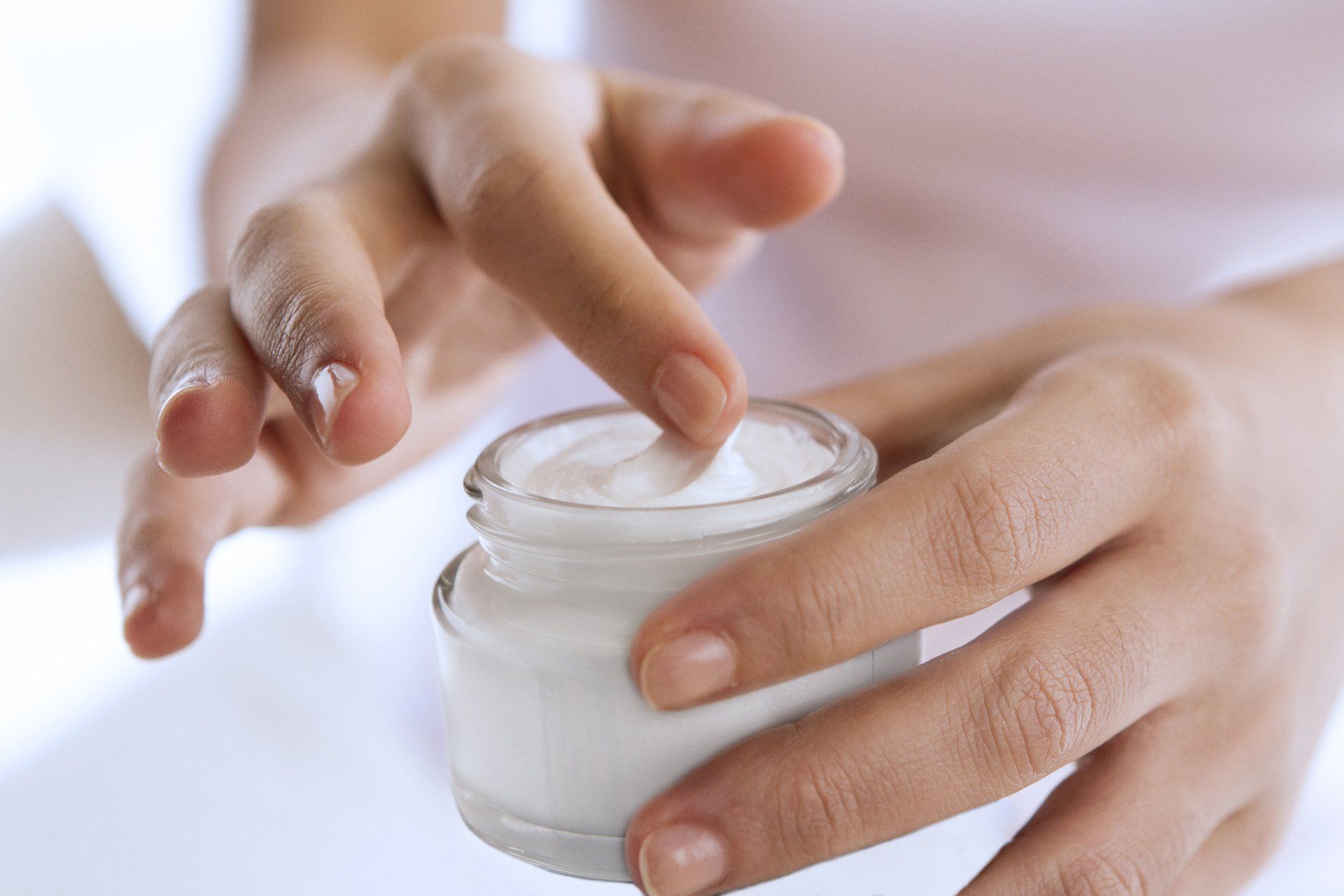
Fun in the summer sun can turn into skin damage without protection. If years of skipping sunscreen, tanning, or burning have left your skin with wrinkles, age spots, or worse, take a look at what you can do to treat the damage.
Wrinkle Reduction
Even though wrinkles are a natural part of the aging process, sun exposure can cause premature changes or worsen the appearance of fine lines. What can you do about wrinkles? Professionally guided treatment from a dermatologist can reduce the appearance of fine lines and reverse some of the sun-related aging.
Common methods for reducing wrinkles include:
Common methods for reducing wrinkles include:
- Injectable fillers. Botox is a popular injectable used to smooth fine lines. While it won't remove deep wrinkling, it can dramatically improve the texture of your sun damaged skin and take years off your face.
- Retinoids. Prescription topical retinoids can also smooth fine lines. But like injectables, don't expect retinoids to remove wrinkles or all the sun damage.
- Microdermabrasion. This minimally invasive procedure reduces the look of fine lines and wrinkles. You'll get smoother skin with a more even texture from this process.
- Chemical peels. Like microdermabrasion, this procedure also resurfaces the skin, reducing the appearance of wrinkles and evening skin tone.
- Moisturizers. Moisturizers and moisture-containing creams can plump the skin, reducing the look of lines. This over the counter option typically provides the least dramatic results.
Age Spot Issues
Discoloration from excessive or consistent sun exposure doesn't have to be a problem. While the flat brown, black, or gray spots typically don't cause health problems, they can hurt your self-confidence. If you're concerned about the appearance of age spots, reduce the look of this type of sun damage by using:
- Retinoids. Again, retinoid creams can reduce the look of sun damage. Along with smoothing fine lines, this option can also fade age spots.
- Microdermabrasion. Removing the surface layer of skin on and around age spots can also fade the dark look of this type of sun damage.
- Cryosurgery. The doctor can freeze away age spots with liquid nitrogen.
- Pulsed light. This treatment uses light waves to target and break apart the spots.
Skin Cancer
This serious skin issue goes well beyond the cosmetic problems wrinkles or age spots can cause. According to the Skin Cancer Foundation, one in five Americans will have some form of skin cancer by the time they reach 70. This includes melanoma and non-melanoma (such as squamous and basal cell carcinomas) skin cancer.
If you have an off-looking area of your skin, a mole that changes (in color, shape, or texture), a mole that bleeds or looks crusty, or any other similar sign, contact your dermatologist immediately. The sooner you get a diagnosis and treat the cancer, the better the chances are of recovery.
Treatments vary by cancer type, but can include:
Do you need help correcting sun damage? Contact San Antonio Skin & Cancer Clinic for more information.
If you have an off-looking area of your skin, a mole that changes (in color, shape, or texture), a mole that bleeds or looks crusty, or any other similar sign, contact your dermatologist immediately. The sooner you get a diagnosis and treat the cancer, the better the chances are of recovery.
Treatments vary by cancer type, but can include:
- Excisional surgery. The doctor removes the affected area and some of the surrounding skin/tissue.
- Mohs surgery. This procedure requires layer by layer removal of the skin. In between removing layers, the doctor will look for cancer cells, continuing until they reach a clear area.
- Freezing. Again, the doctor uses liquid nitrogen to freeze the area away.
Do you need help correcting sun damage? Contact San Antonio Skin & Cancer Clinic for more information.

 210-614-3575
210-614-3575

